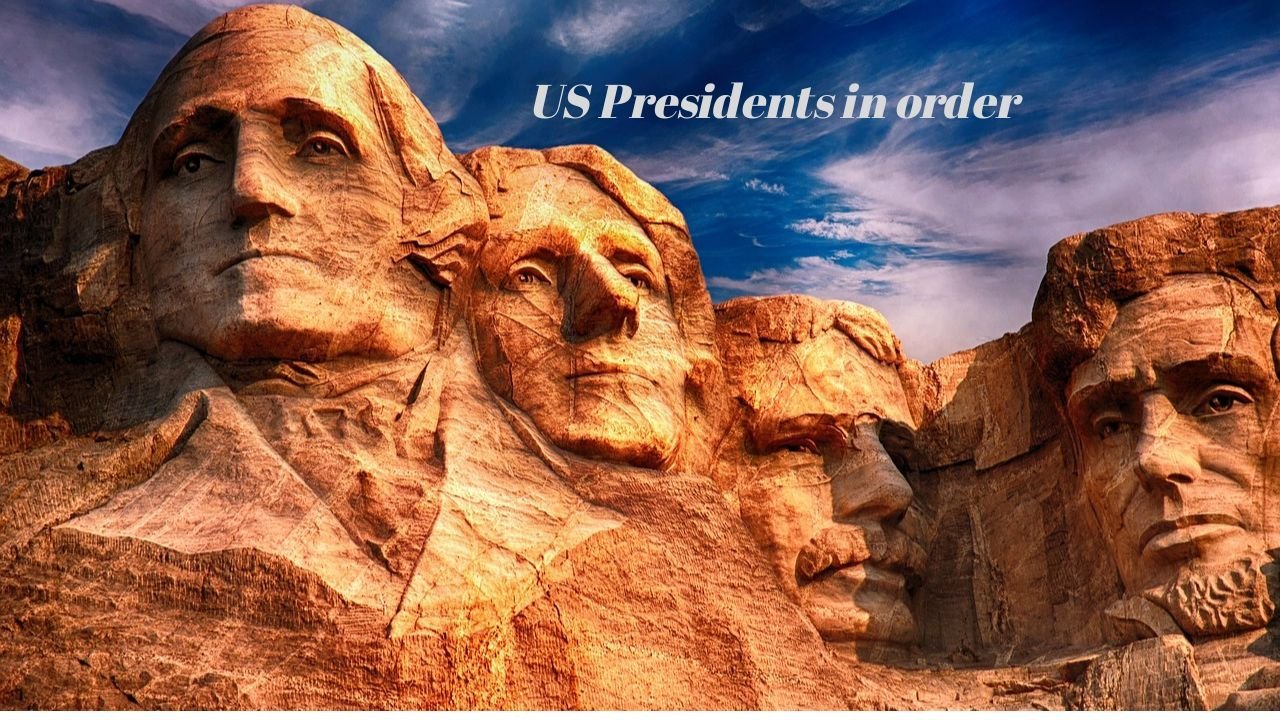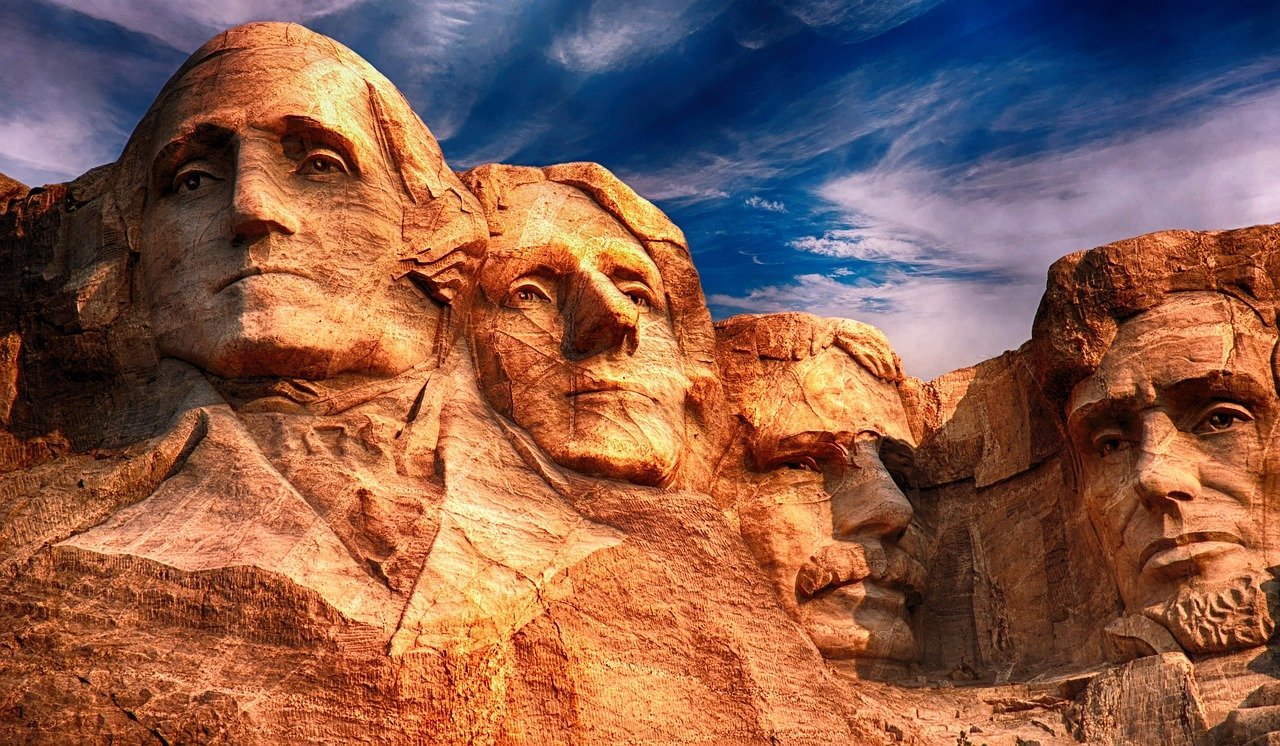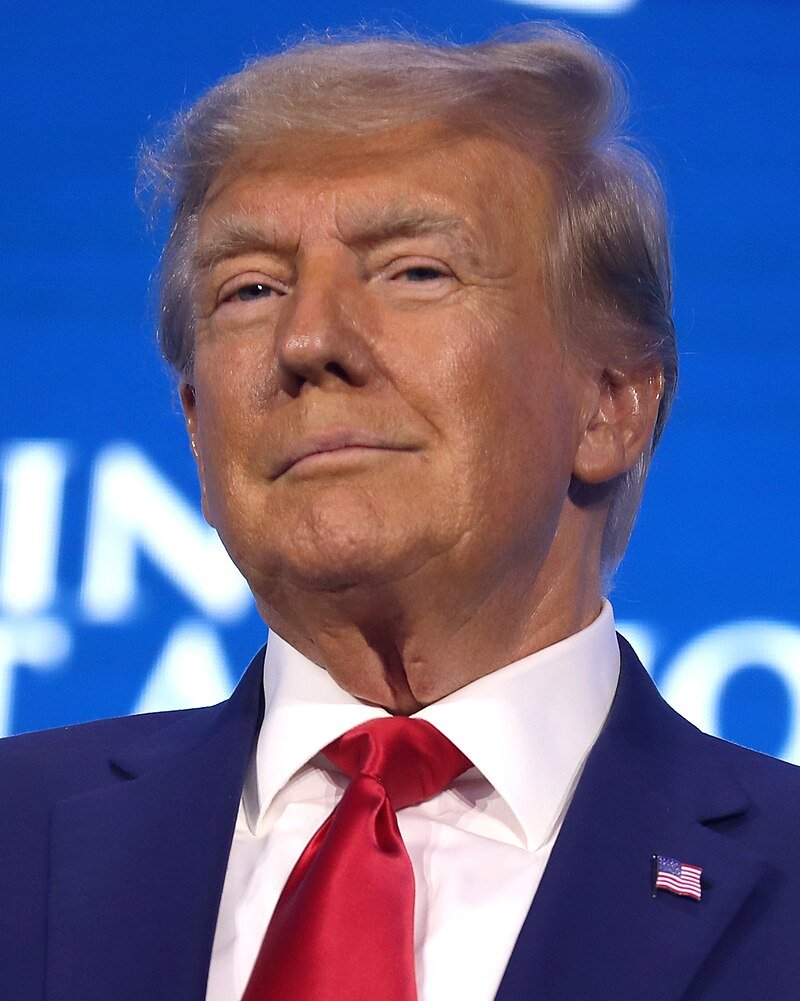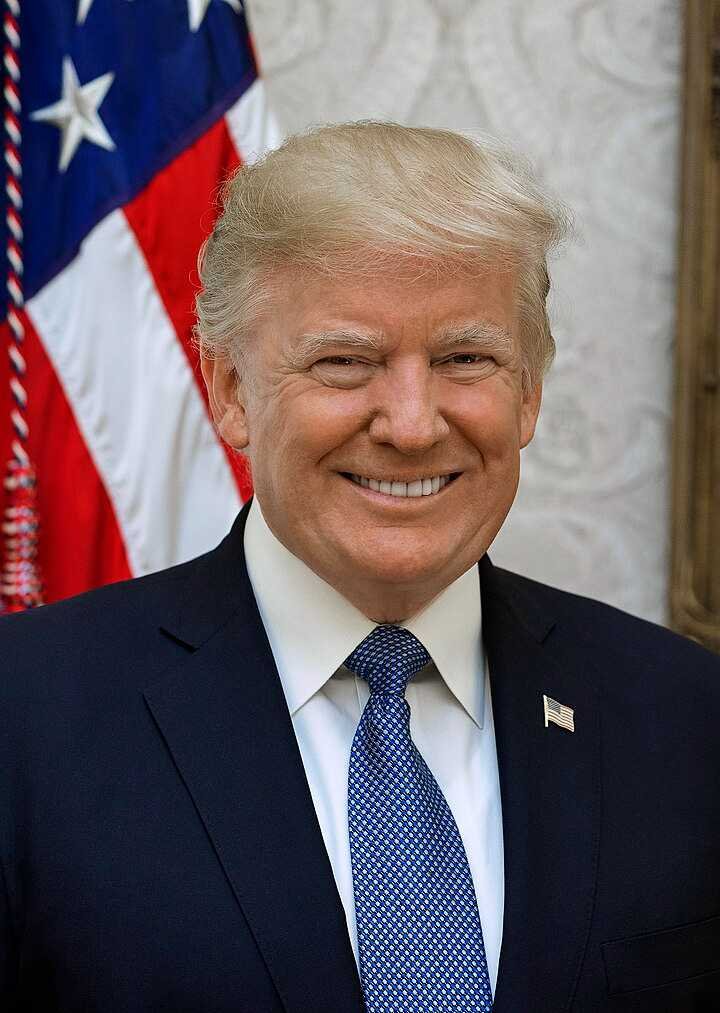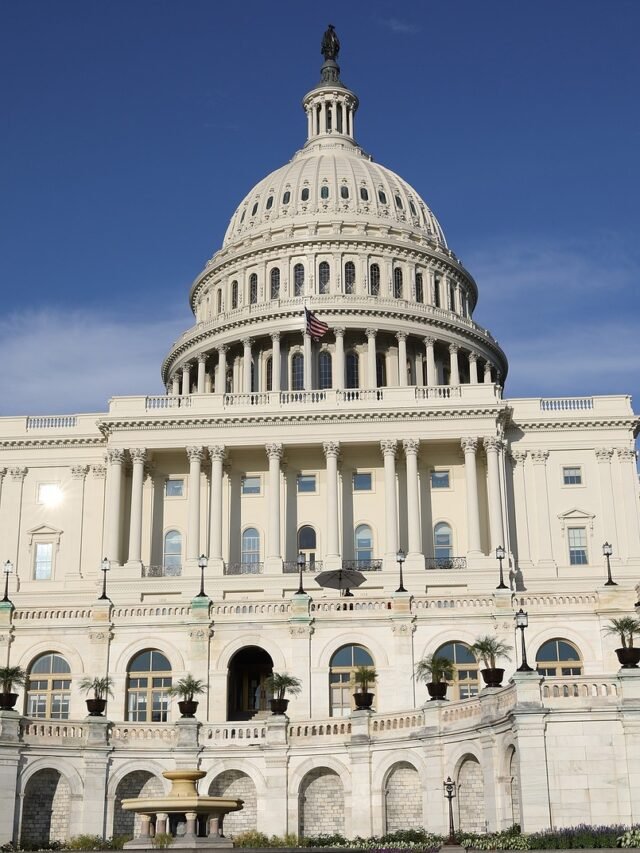US Elections:Election Archives-1952

US Elections:Election Archives 1952-The following are some important details about the 1952 US presidential election:
A turning point in American political history, the 1952 presidential election brought about major shifts in both political dynamics and leadership. In the end, Republican nominee Dwight D. Eisenhower emerged victorious and assumed office as the 34th President of the United States.
Background and Historical Context: American political environments changed following World War II. After serving two terms in office, the current president, Harry S. Truman, encountered difficulties in his administration on the home and international fronts. The ground was set for a contested and significant election with the start of the Korean War and increased concerns about communism.
Candidates:
Dwight D. Eisenhower (Republican): The well-liked military commander emerged as the Republican front-runner for the presidency. Known by most as “Ike,” Eisenhower rose to prominence in World War II as the Supreme Commander of the Allied Forces in Europe. He was a well-liked and captivating candidate because of his track record as an effective military tactician and his kind disposition.
Democratic candidate Adlai Stevenson: The articulate and erudite governor of Illinois was the Democratic nominee. Stevenson, who had previously held the position of US Ambassador to the UN, was well-known for his humour and oratory abilities. Respected as he was, Stevenson had to contend with a war hero during a period when military experience and national security were hot topics.
Republican Dwight D. Eisenhower and Democrat Adlai Stevenson were the front-runners. President Harry S. Truman opted not to run for reelection.
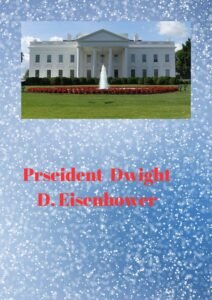
President Dwight D Eiser
Fighting communism and putting an end to the Korean War were Eisenhower’s campaign slogans. His catchphrase of choice was “I Like Ike.”
Stevenson served as Illinois’s liberal governor. He promoted civil rights and backed the expansion of New Deal initiatives.
With 39 of the 48 states and 442 electoral votes to Stevenson’s 89, Eisenhower won with a landslide.
In the end, Eisenhower received almost 33 million votes, and Stevenson received 44% of the popular vote.
With 63.3% of eligible voters casting ballots, the 1952 election saw the largest voter participation in American history.
During a presidential race, both candidates utilised television advertising extensively for the first time.
West and Midwest were dominated by Eisenhower. The majority of Southern states that continued to favour the Democrats were won by Stevenson.
Two decades of Democratic rule in the White House under FDR and Truman came to an end in the 1952 election. In politics, it signalled the beginning of the Republican era.
Key Issues
The Korean War: A major topic in the election was the ongoing hostilities in Korea. Because of his military experience, Eisenhower was viewed as a strong leader who could meet the demands of the war. He supported a settlement of the dispute without endorsing any particular course of action.
Domestic Issues: Important issues were the economy and domestic policies. Themes of fiscal restraint, opposition to communism, and pledges to retain the wealth enjoyed during the post-war boom dominated Eisenhower’s campaign.
The Red Scare: During this time, there was a widespread dread of communism, and candidates made reference to it in their platforms. Eisenhower was popular in addressing fears about communism both domestically and internationally because of his reputation as a stable and experienced leader.
Election Results:
Dwight D. Eisenhower won by a wide margin on November 4, 1952, when the election was held. Adlai Stevenson carried only nine states and received 89 electoral votes; in contrast, he won 39 out of 48 states and 442 electoral votes. With Eisenhower’s triumph, the Republicans reclaimed the White House after twenty years, which resulted in a dramatic change in American politics.
Legacy:
During Dwight D. Eisenhower’s presidency (1953–1961), a number of important things happened, such as the start of the Interstate Highway System, the conclusion of the Korean War, and the beginning of the Civil Rights Movement. His emphasis on moderation and leadership style had a long-lasting effect on the Republican Party and the country.
The 1952 U.S. Presidential Election is remembered as a significant event in American political history because it demonstrated the shifting dynamics of the country following World War II and the electorate’s need for a leader with solid qualifications and an inspiring future vision.

William Tailor is a talented blogger well versed in political content, and he’s known for his analysis and appealing comments on the historical and current political scenarios. With a detailed approach and liking for uncovering intricate political landscapes while addressing the contemporary issues. He aims to offer a thought-provoking perspective to the readers and unravel the truth. His consistent and convincing storytelling mixed with factual data makes him a popular choice for readers who want to stay in loop with the dynamic political situations.











